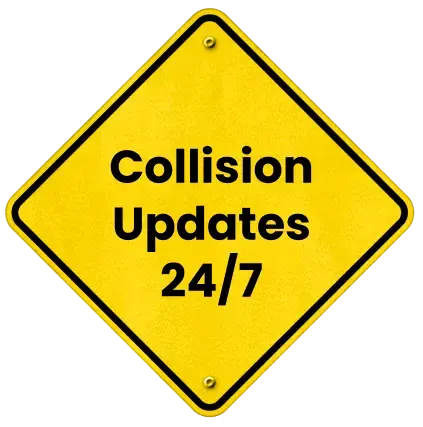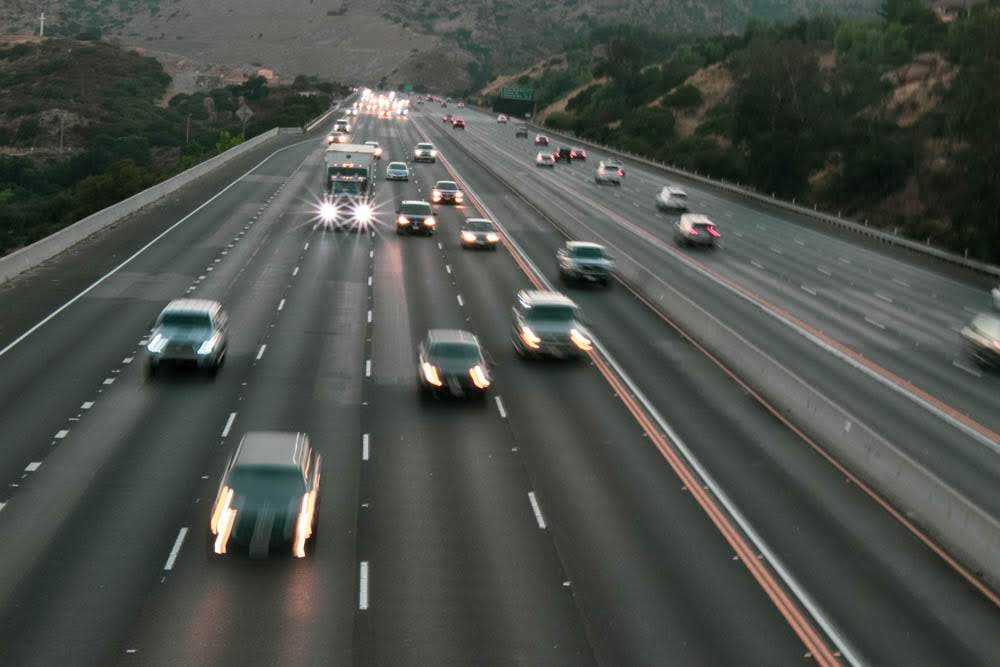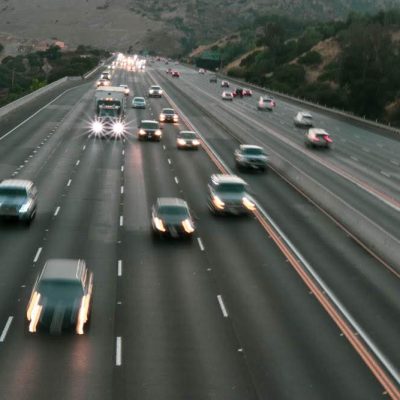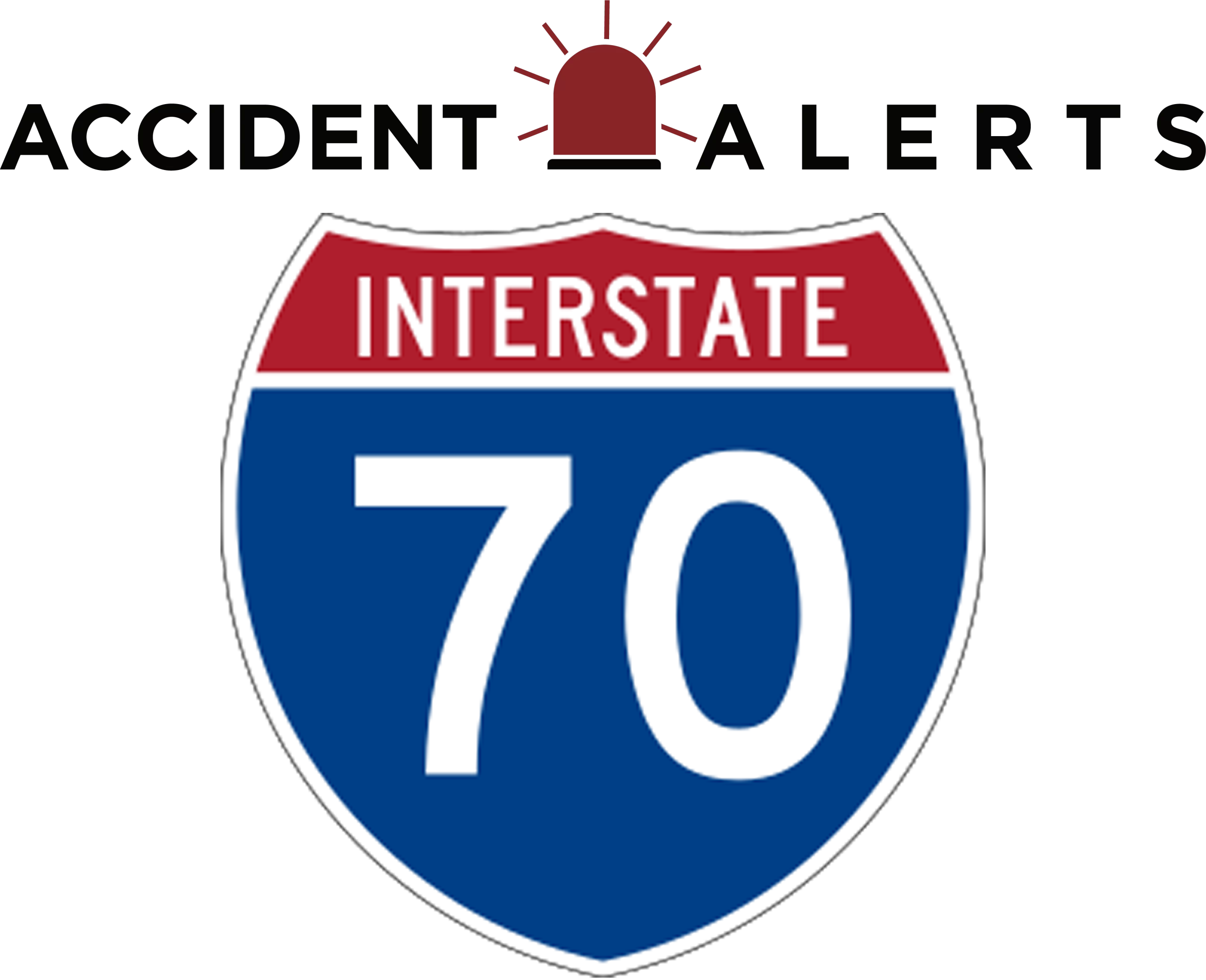
Urban Work-Zone Crashes on I-70


Work-zone crashes along Interstate 70 are a growing concern. Each year, these accidents injure thousands of people and take hundreds of lives nationwide. Because I-70 cuts through major urban centers, including Denver, St. Louis, Indianapolis, Columbus, and Baltimore, the risks are especially high. Heavy traffic, ongoing construction, and limited roadway space combine to create dangerous conditions for drivers, workers, and pedestrians alike. While each city faces its own challenges, they all struggle with the same underlying problems of congestion, driver behavior, and work-zone safety. This blog examines the causes, consequences, and potential solutions for work-zone crashes along I-70’s busiest stretches.
Understanding Urban Work-Zone Crashes
Crashes in work zones happen in areas set aside for construction, road repairs, or utility projects. These sites often bring lane closures, detours, and tighter roadways, which make driving more challenging. The risks are even greater in cities, where limited space leaves little room for error and heavy traffic adds to the danger. Drivers, road crews, pedestrians, and cyclists are all at risk in these environments.
The numbers highlight just how serious the problem is. Each year, more than 800 people lose their lives in work-zone accidents, and tens of thousands more are injured. Beyond the human cost, these crashes also cause traffic backups and significant economic losses.
Common Causes of Work-Zone Accidents
Urban work-zone crashes often stem from the same recurring problems, many of which could be prevented with more c aution and awareness. Distracted driving remains the leading cause. Phones, GPS systems, and in-car entertainment pull attention away from the road, leaving drivers less prepared to react to sudden lane changes or construction equipment nearby. Even a split second of inattention can make the difference between a close call and a serious crash.
aution and awareness. Distracted driving remains the leading cause. Phones, GPS systems, and in-car entertainment pull attention away from the road, leaving drivers less prepared to react to sudden lane changes or construction equipment nearby. Even a split second of inattention can make the difference between a close call and a serious crash.
Speeding adds another layer of risk. While work zones are marked with reduced speed limits for safety, many drivers ignore them. Traveling too fast in these narrowed, unpredictable spaces makes it harder to brake in time, especially when traffic slows suddenly or workers are close to the roadway.
Another major issue is unclear or poorly placed signage. Work zones often include cones, barriers, and sudden lane shifts that can confuse drivers. When signs are not well-positioned, or when visibility is reduced by rain, fog, or nighttime conditions, the chances of a collision rise sharply.
Driver behavior in heavy traffic also plays a big role. Tailgating and aggressive maneuvers, such as weaving between lanes or cutting off other vehicles, are common in crowded urban areas. These actions leave no margin for error in zones where workers, pedestrians, and cyclists are already vulnerable.
Ultimately, it’s the combination of distractions, excessive speed, unclear directions, and aggressive driving that makes urban work zones particularly hazardous. For road crews and pedestrians, this environment creates daily exposure to life-threatening risks, underscoring the need for both stricter safety measures and more responsible driving habits.
Impact on Communities
The impact of work-zone crashes goes far beyond the accident scene. For families, injuries or the loss of a loved one are life-changing. Survivors often face months or even years of recovery while trying to manage overwhelming medical bills. Road crews are at particular risk since their work requires them to stand just feet away from fast-moving traffic every day.
These crashes also ripple through city life. A single accident can shut down a busy road, leaving thousands of commuters stuck in long delays. Businesses feel the strain when employees lose valuable hours sitting in traffic. Over time, insurance premiums and healthcare costs rise, placing an added burden on entire communities.
The emotional toll is just as significant. Victims often struggle with trauma long after the physical wounds have healed. Construction workers live with the constant stress of knowing that one distracted driver could put them in danger. Even the public’s confidence in road safety and city infrastructure can take a hit when these accidents keep happening.
Safety Solutions and Prevention
Making urban work zones safer takes more than one solution. It requires a layered approach. Better engineering is a key piece of the puzzle. Cities can make a big difference by putting up clearer signage, using sturdier barriers, and improving lighting at night so hazards are easier to see.
Law enforcement also plays an important role. Speed cameras, traffic fines, and regular patrols send a clear message that reckless driving won’t be tolerated. In fact, some states have already seen fewer crashes after rolling out automated enforcement.
At the same time, driver education can’t be overlooked. Public safety campaigns remind people to slow down, pay attention, and respect work-zone rules. Seasonal initiatives, like summer construction awareness events, help keep safety top of mind.
Emerging technology is offering new tools as well. Smart work zones and mobile alerts can notify drivers about construction ahead, giving them time to slow down or choose a different route before they’re caught off guard.
Finally, communities themselves have a role to play. By supporting safety measures, respecting reduced speed limits, and planning alternate routes when possible, residents can help keep everyone safer. When cities, drivers, and communities work together, the risks in crowded urban work zones drop for everyone.
How a Lawyer Can Help
Liability in a work-zone crash is rarely straightforward, in particular on major highways like Interstate 70. Drivers who speed, look at their phones, or ignore reduced speed limits are often at fault, but they may not be the only ones responsible. Construction crews, contractors, and even state or local agencies can share liability if warning signs are unclear, barriers are inadequate, or the work zone is poorly managed. On a busy route like I-70, where traffic is constant and fast-moving, these oversights can have devastating consequences.
For victims and their families, the aftermath is overwhelming. Medical expenses can skyrocket, lost income creates immediate financial strain, and the pain of recovery may last for months or years. Families mourning the loss of a loved one face even greater challenges. That’s why the law allows victims of I-70 work-zone crashes to pursue compensation—not just for medical costs, but also for long-term care needs, lost earning capacity, emotional trauma, and the stability of their future.
This is where an experienced I-70 work zone accident attorney becomes essential. Lawyers who handle I-70 work-zone crash cases know how to investigate every angle, from negligent drivers to construction companies and government agencies. They fight back against insurance companies that often try to minimize payouts, ensuring victims have a strong voice in the legal process.
If you or a loved one has been injured in a work-zone accident on Interstate 70, don’t wait to seek help. Your rights matter, and the sooner you act, the stronger your case will be. Reach out today to protect your future and hold the responsible parties accountable.
